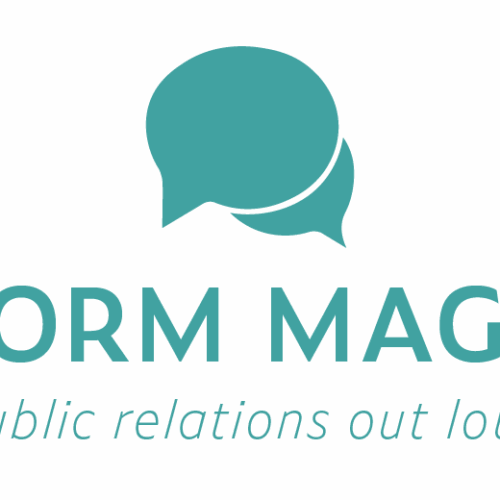Kpop: The Ultimate Public Relations Playground

Published on September 20, 2018, at 7:13 p.m.
by Trenton Brasfield.
The road to the top is paved with good public relations.
The South Korean music industry is an amalgamation of ’90s bubblegum pop, synchronized choreography, trendy fashion and polished visuals. These talented idols — what music celebrities are called in this region of the world — are trained as teenagers to be nothing but the best. While entertainment companies have found the perfect formula to market these idols, they would be nothing without public relations.
With the use of owned, paid and earned media, the Kpop industry has found a way to take PR to another level. After the sweet songs are recorded, the glittery music videos are shot, and the albums are perfectly packaged, idols set out to promote their latest “comeback.” Most comebacks last about a month with a year’s worth of promotion packed in.
First, an official news release is issued confirming that the idol is about to make a comeback. Next, a video teaser is uploaded to YouTube. This is when fans begin to fan the flames for their idols, watching the teasers repeatedly and sharing them on social media. Once the music video is released, records begin to break. Many Kpop idols have broken global YouTube records for the most views in 24 hours. “Ddu-Du Ddu-Du” by BLACKPINK gathered 36.2 million views in 24 hours when it was first released this summer — a record second only to Taylor Swift’s “Look What You Made Me Do.” Swift was topped this August by “Idol,” a song by BTS ( a popular Kpop group), which gathered 45 million views.

The use of social media has been a driving force behind Hallyu (translated as the Korean Wave). BTS has beaten out several Western artists for top social artist awards because of their reach on Twitter. Idols immediately begin to trend on Twitter once they release any mention of a comeback. On Instagram, idols’ posts reach an average of one million likes — a rate on par with social media darlings like Kylie Jenner and Ariana Grande.
These first PR steps are followed by more promotion. Idols make appearances on music shows that are broadcast four times a week to perform their latest songs. Here, fans vote to have their favorite idols win that week’s show. Idols are also splashed across daily news programming, radio stations and entertainment television shows, where they hold interviews and perform their songs.

Interaction with fans is what sets Kpop apart from other music industries. Idols hold “fansign” events, where fans bulk-buy CDs, receive autographs and shower their idols with gifts. The idols also sign multiple deals with advertisers to be the face of their brands. They will shoot commercial films (CFs), take photos and hold fansign events for these sponsors. The more CFs, the more popular the group is perceived to be. For example, Girls’ Generation has starred in more than 100 CFs. Such sponsorships range from magazine covers, fashion ads, games, electronics, school uniforms, cosmetics, jewelry and even fried chicken. If a product is sold in South Korea, an idol is being used to sell it.
Idols go live on platforms such as Instagram, Naver, Snapchat and Facebook to chat with fans. When an album is released, fans make “unboxing” videos where they open the package and analyze the contents. These videos are uploaded and further disseminate the promotion of the idol. Fans are given official fandom names, colors, chants and light sticks for concerts.
While these are technically marketing tools, it all plays into the lure of Kpop.




